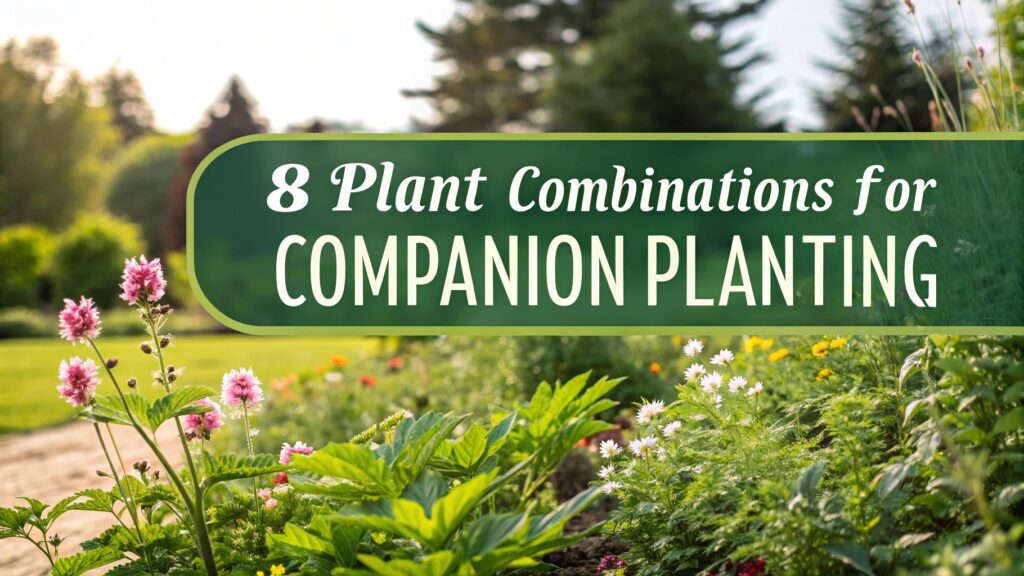Companion planting is a time-honored gardening technique that goes beyond aesthetics, offering a sustainable way to grow healthy plants while maximizing space and yield. In this article, we’ll explore eight captivating plant combinations that not only flourish together but also provide unique benefits, from pest control to enhanced flavors.
Get ready to transform your garden into a vibrant ecosystem where plants support each other, thrive in harmony, and create an inviting space brimming with life!
1. Tomatoes and Basil
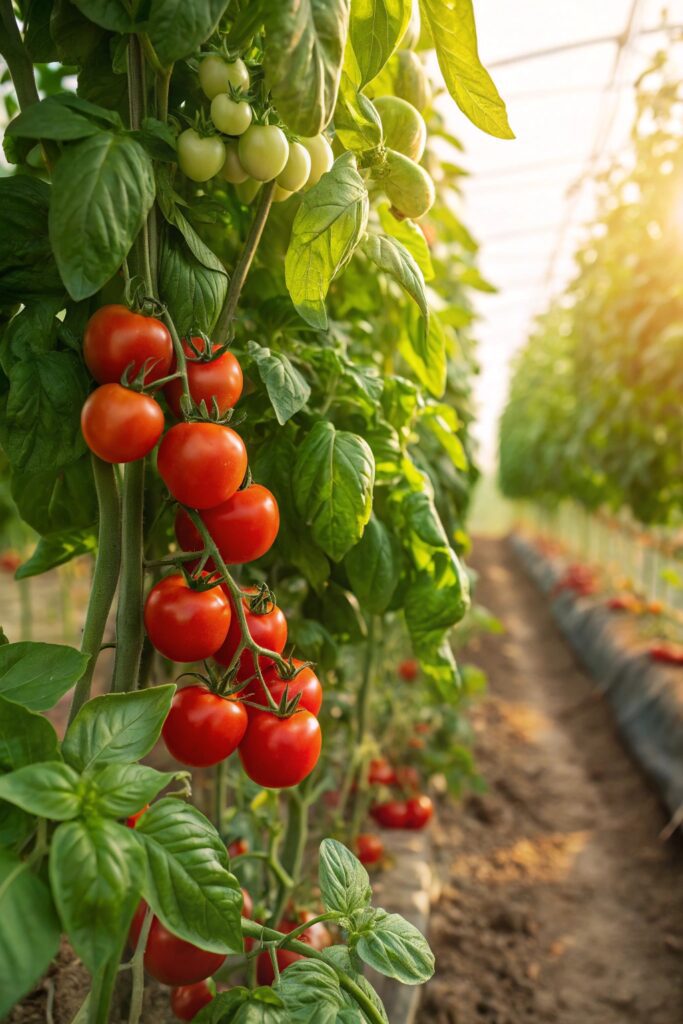
Tomatoes and basil create one of the most famous companion plant combinations, celebrated not only for their culinary synergy but also for their gardening benefits. Planting basil near tomatoes helps deter pests such as aphids and whiteflies while enhancing the growth and flavor of the tomatoes.
The aromatic oils from basil also repel harmful insects, making your garden a more pest-resistant environment. This duo thrives in warm weather and well-drained soil, making them perfect partners in a sunny garden plot.
2. Carrots and Onions
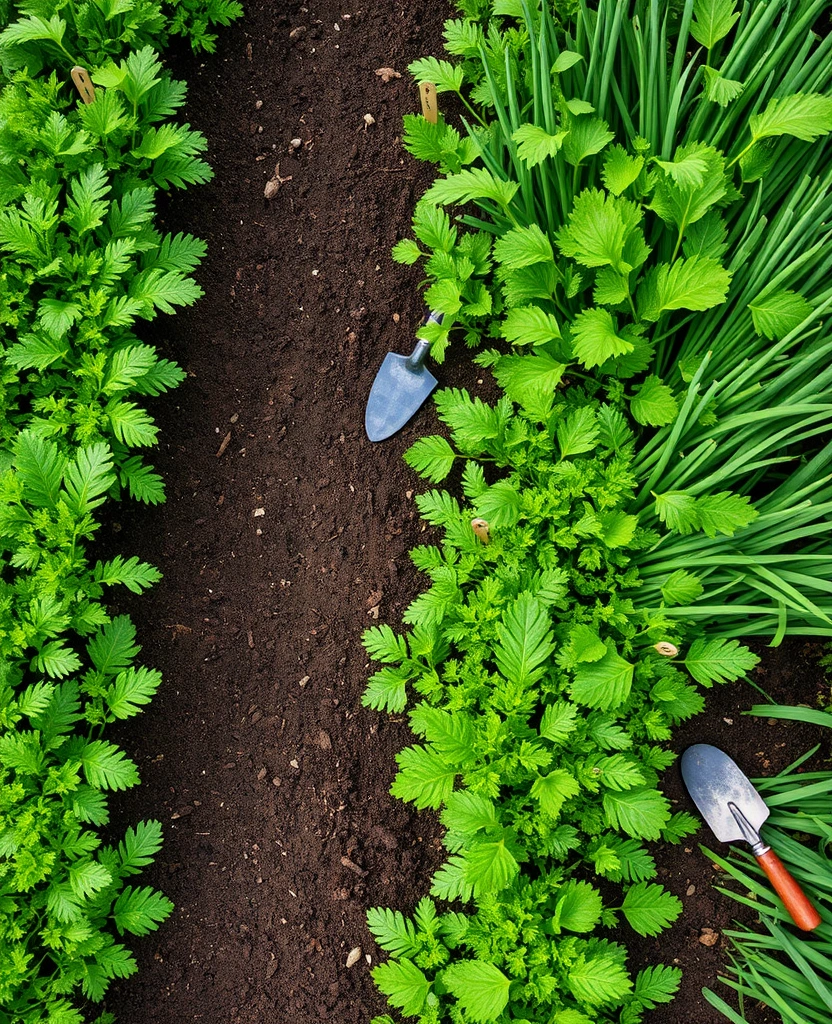
Carrots and onions make a perfect companion pairing in the vegetable garden, working together to deter pests and maximize space. The strong scent of onions helps mask the smell of carrots, which can deter the pesky carrot fly.
In return, the carrots’ foliage provides shade for the onions, helping to keep them cool. This combination is not only beneficial for pest control but also helps in achieving a bountiful harvest as they grow well in the same soil type. Plant them in alternating rows for a visually appealing and productive garden arrangement.
3. Peas and Mint
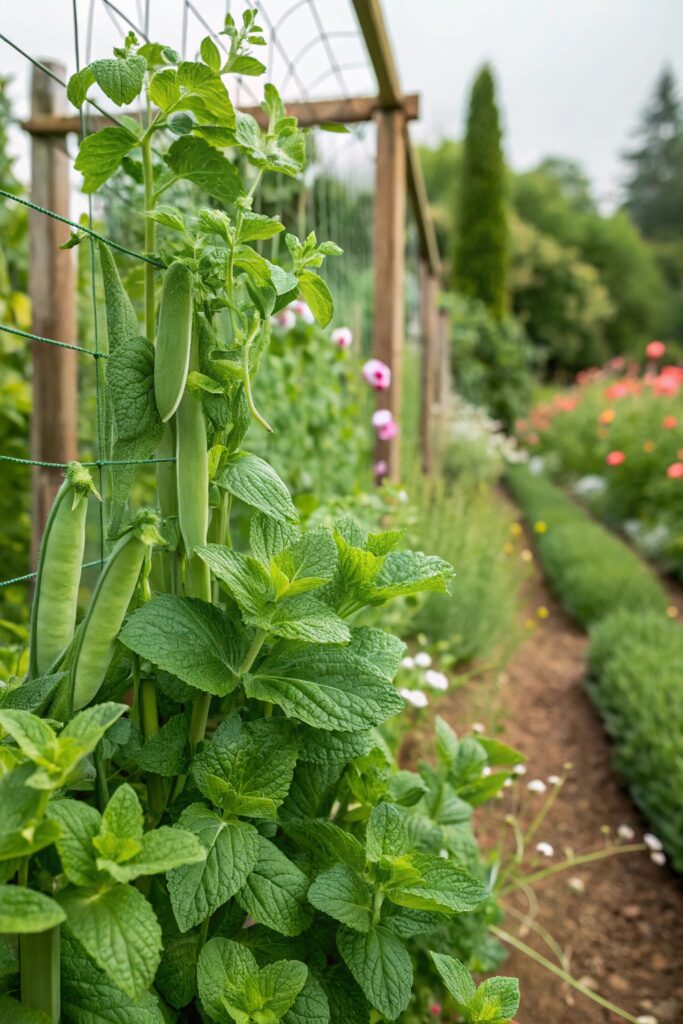
Combining peas with mint creates a delightful partnership in the garden. Peas thrive in cooler weather, while mint helps enhance their flavor and growth.
Mint acts as a natural pest repellant, keeping aphids and other pests at bay, ensuring healthy pea plants. Furthermore, the tall pea vines provide a natural support structure for mint, allowing both plants to flourish without competing for space. This combination not only provides a lush green appearance but also brings a refreshing scent to your garden.
4. Cabbage and Dill
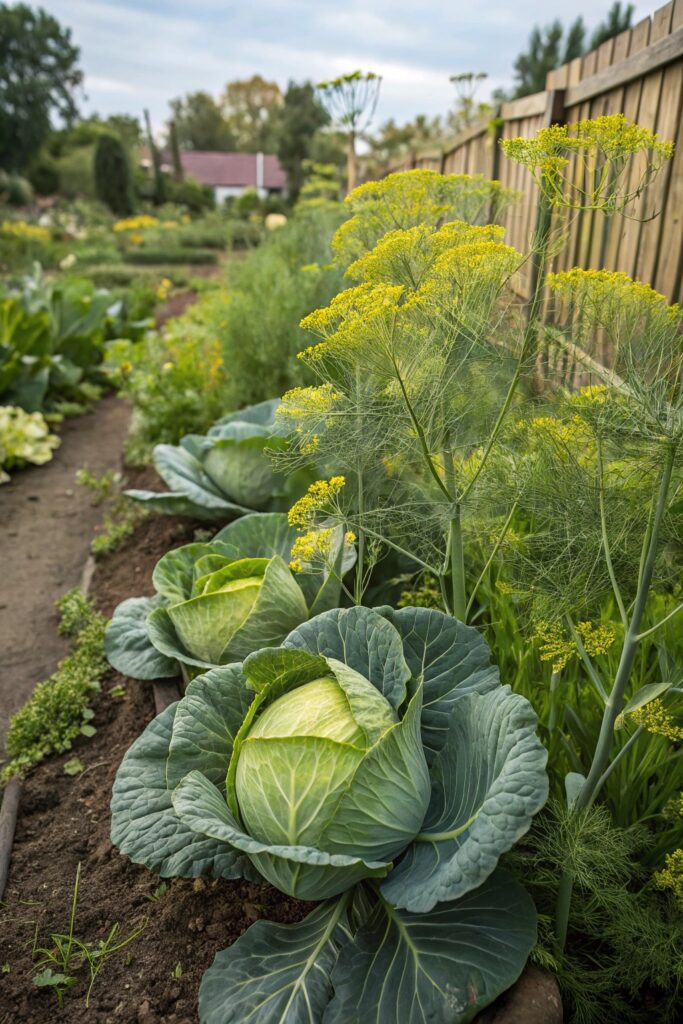
The combination of cabbage and dill is a perfect example of how certain plants can support each other’s growth and health in the garden. Dill attracts beneficial insects like ladybugs and lacewings, which prey on common cabbage pests such as aphids and caterpillars.
In return, cabbage plants provide a beneficial shade that helps dill thrive. This pairing not only enhances pest control but also allows for a beautiful display of contrasting textures and colors in your vegetable patch.
5. Radishes and Spinach
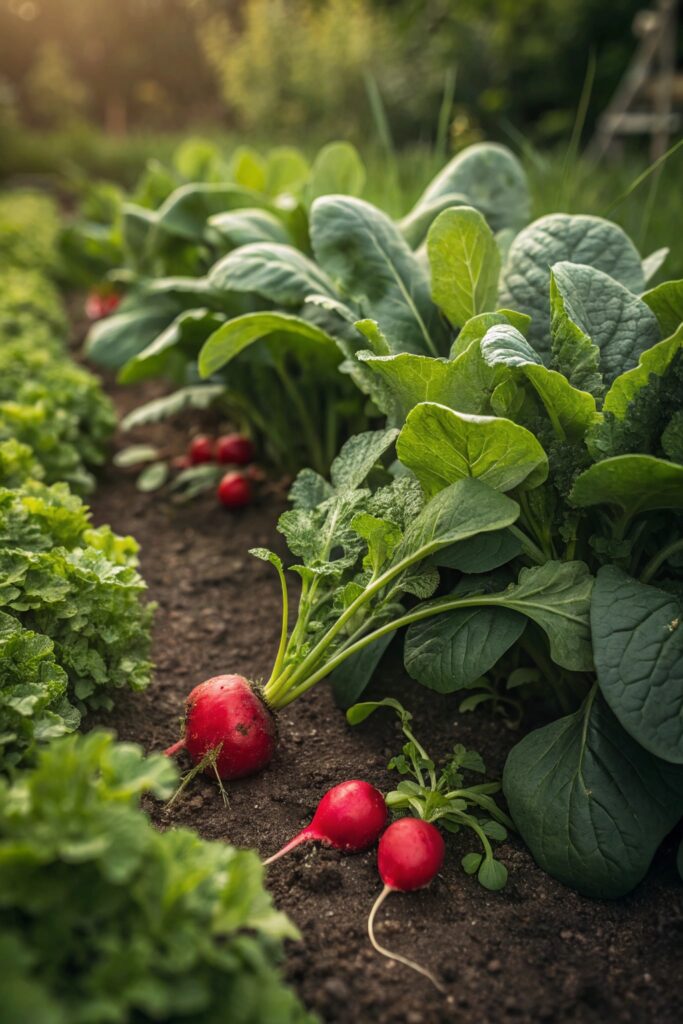
Radishes and spinach make an excellent companion planting pair, perfect for maximizing limited garden space. Radishes grow quickly, and their fast maturity helps break up the soil for the slower-growing spinach.
The leafy spinach plants provide shade for the radishes, protecting them from the heat and promoting sweeter flavors. Plant these two together in a raised bed for a colorful and productive garden that yields fresh produce in no time.
6. Marigolds and Cucumbers
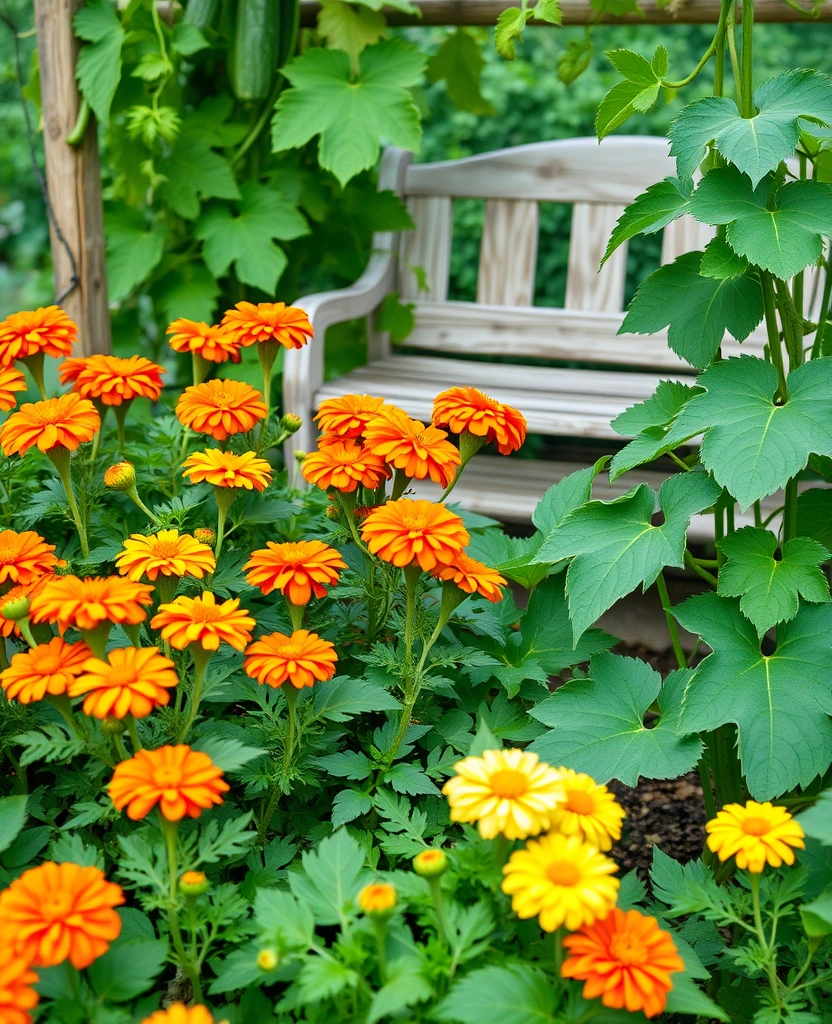
Marigolds and cucumbers create a beautiful and beneficial partnership in the garden. Marigolds are known for their pest-repelling abilities, particularly against cucumber beetles, making them an ideal companion for cucumber plants.
The bright orange and yellow blooms of marigolds add a pop of color to your garden while attracting pollinators that help improve cucumber yields. This combination not only looks stunning but also promotes a healthier growing environment for your cucumbers.
7. Garlic and Roses
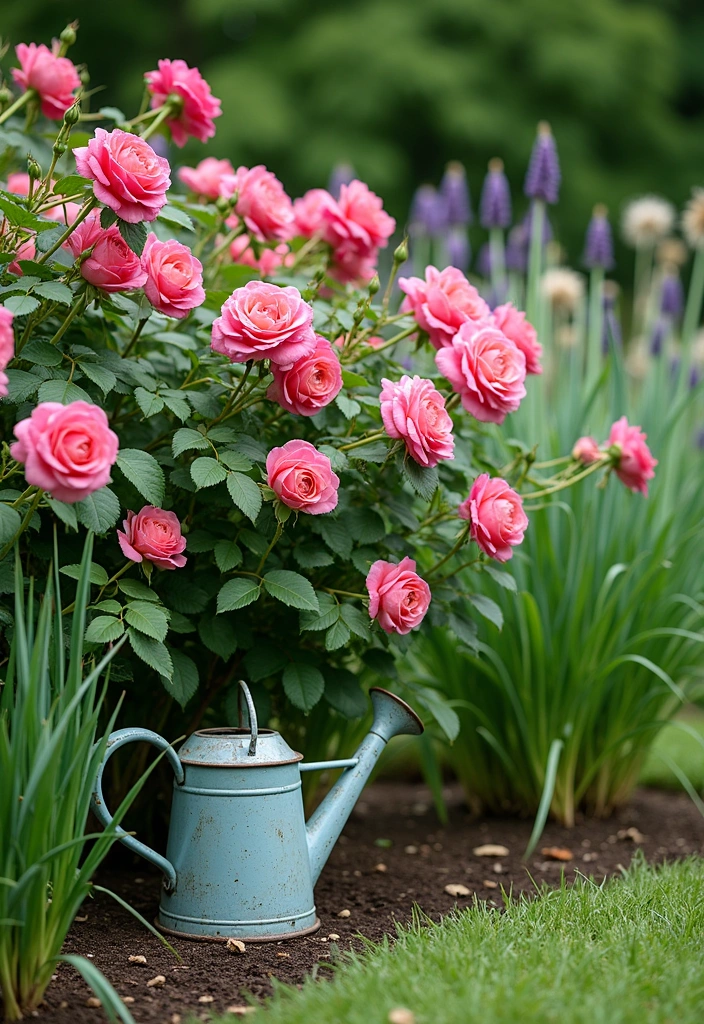
Garlic and roses may seem like an unlikely pair, but they create a lovely companion planting duo that can enhance both beauty and utility in your garden. Garlic acts as a natural pest deterrent, warding off aphids and other harmful insects that often plague roses.
In return, the fragrant roses can help keep the soil healthy and aerated, creating a balanced environment for garlic growth. This combination not only adds a delightful scent to your garden but also produces stunning blooms alongside productive garlic.
8. Squash and Nasturtiums
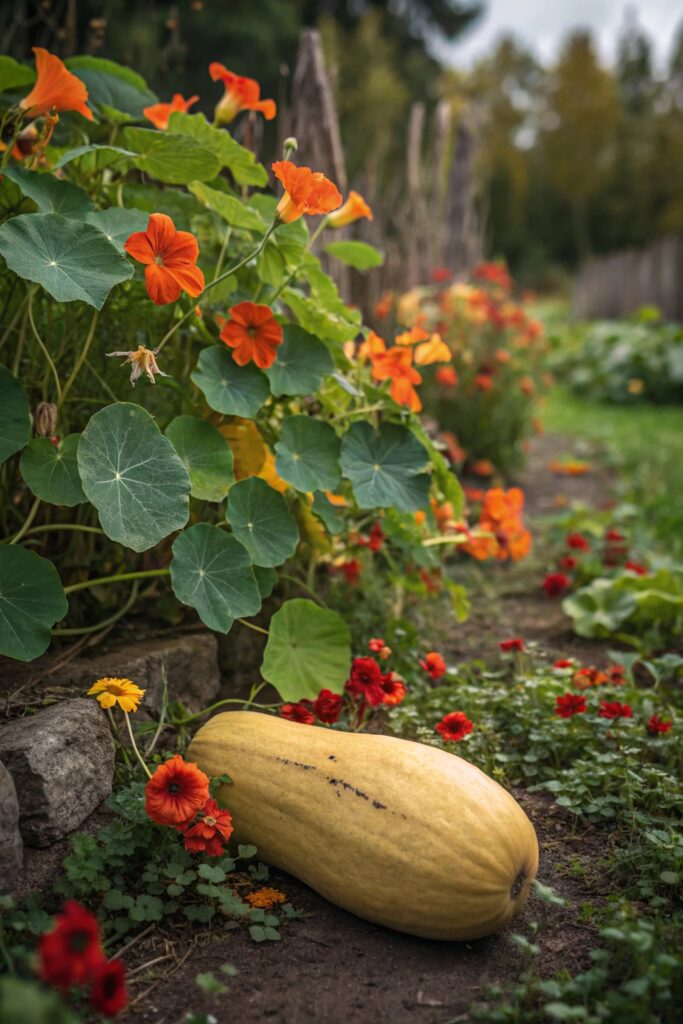
Squash and nasturtiums make a dynamic duo that brings both beauty and function to the garden. Nasturtiums are known for their vibrant flowers and edible leaves, while also serving as a trap crop for aphids, luring them away from squash plants.
The sprawling nature of squash vines benefits from the low-growing nasturtiums, which can help suppress weeds and retain moisture in the soil. This combination not only enhances your garden’s visual appeal but promotes a healthy ecosystem.
Conclusion
Companion planting is an art that not only enhances the health and productivity of your garden but also creates a vibrant and visually stunning landscape. By exploring these eight plant combinations, you can cultivate a garden that thrives in harmony, attracting beneficial insects and repelling pests naturally. So grab your seeds, get planting, and enjoy the bountiful beauty that companion planting offers!

